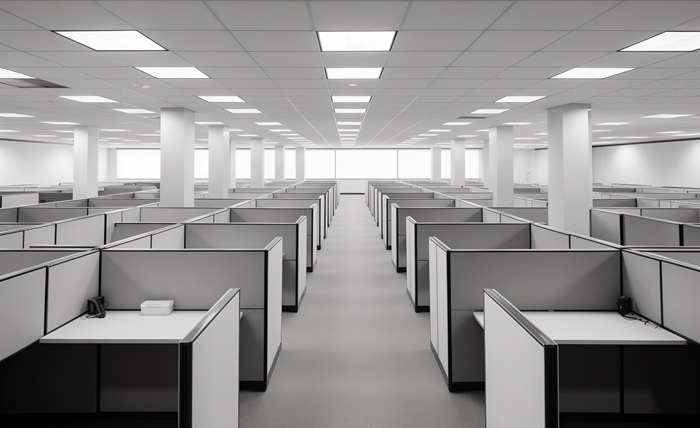Cubicles have long been a staple of modern office design, representing both the structure and the flexibility needed in today’s work environments. For many, they are more than just workspaces; they are havens where productivity, comfort, and organization converge. If you’re new to cubicles or looking to optimize your existing setup, this guide will provide you with essential tips for creating an efficient and inviting workspace.
Understanding Your Cubicle Layout
Before diving into the specifics of office organization, it’s crucial to familiarize yourself with your cubicle’s layout. Cubicles can vary widely in size and configuration, but they generally consist of partition walls that create defined work areas. Here’s what to consider:
Dimensions: Measure your cubicle to determine how much space you have for furniture and supplies. This helps to make an informed decision about what to include in your setup.
Accessibility: Consider the placement of essential items to ensure frequently used resources, such as printers, filing cabinets, or supply closets, are easily reachable.
Lighting: Take note of the natural light that enters your cubicle, and consider adding desk lamps or task lighting as needed, to enhance visibility.
Essential Furniture for Your Cubicle
While most cubicles come with a basic desk and chair, upgrading your furniture can significantly improve comfort and efficiency. For instance, an ergonomic chair is vital for long hours of work. Look for one that provides lumbar support and adjustable features to fit your body’s needs.
You may also want to enhance your workspace with accessories such as monitor stands, keyboard trays, and pen holders. They help to declutter your desk and promote better posture. If possible, add shelving for additional storage space for books, binders, or decorative items. This helps keep your desk clear and organized.
Organizing Your Workspace
An organized workspace is essential for improved concentration and reduced stress. The good news is that you can keep your cubicle neat and tidy without breaking a sweat. Here are simple yet effective strategies to achieve this.
Declutter regularly: Taking a few minutes at the end of each workday to organize your desk goes a long way in keeping your space organized. Let everything go back to its place and throw all unwanted material into the garbage bin.
Have storage solutions: Use drawer organizers, file folders, and bins to categorize items. This organization makes it easier to find what you need without sifting through piles of clutter.
Create a filing system: A straightforward filing system for both your physical and digital documents makes retrieval a breeze. Use labeled folders for different projects or categories.
Personalizing Your Cubicle
While professionalism is important, adding personal touches to your space can make it feel more inviting. Personalizing your office can no doubt enhance your mood and motivation. You can start by incorporating personal items such as photos, plants, or artwork. These elements can create a more comfortable atmosphere and spark joy.
You could also use personalize your space by simply choosing colors that inspire you. This may include colorful desk organizers, wall art, or even a fun desk mat.
To sum up, a well-organized cubicle is more than just a physical space; it’s a foundation for productivity, creativity, and well-being. By following these guidelines, beginners can transform their cubicle into an effective workspace that meets both professional and personal needs. Remember, the goal is to create an environment that fosters focus, comfort, and overall wellbeing.







